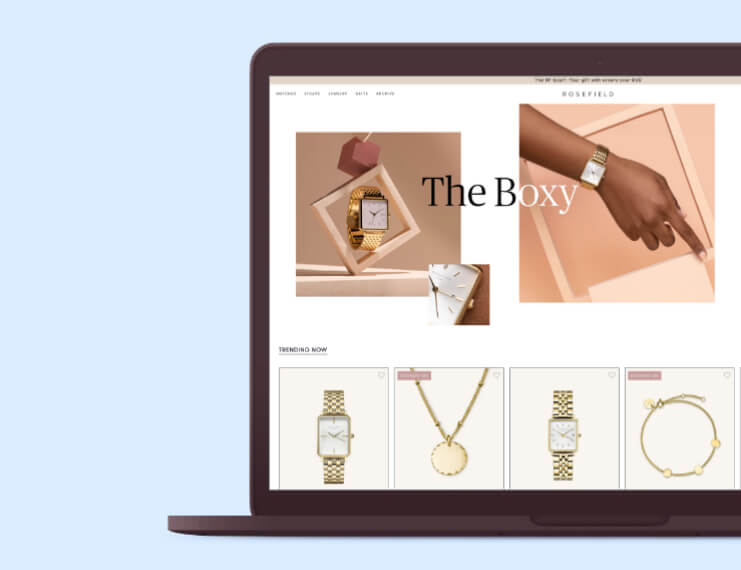How the hell are you supposed to figure out what they mean exactly?
Well, you just read this blog. Because we at CODE speak fluent Nerd, and we've got a copywriter who doesn't stop asking questions until she gets it, too. And then she writes a blog about it in normal-people-language. Convenient, right?
So, connectors. What is it, what does it do, what’s in it for you?
Let's start with what's in it for you. More than anything, well executed connectors are a way to save you a lot of time, money and boring recurrent chores. Owner Francis Notten form Knottenwol had to copy the sales figures from her brick-and-mortar store into the software of her webshop, to ensure that her webshop's stock indications matched the real stock. Every. Single. Day.
You can imagine how happy she was when she found a good connector to do this for her.
It also illustrates what a connector in fact does: it enables different digital systems to talk to each other. Automatically, so that you don't have to be involved anymore. In Francis' case it was the stock management system she used for her store, and the stock management system of her webshop.
But it could be anything, in principle. You could connect your scales to your fitness app, so that your smartphone knows how many extra situps you will have to do this week. Or your Netflix account to your TV, your tablet, and your mobile phone, enabling you to watch movies and series everywhere.
.jpg)
For entrepreneurs, connectors are even more empowering.
You could connect your CRM system to your administration software for instance, to automatically process changes of address. Or your time tracking app to your invoicing software, so that you won't ever have to manually draw up invoices yourself, again. Another good one: connecting your webshop to your fulfilment partner, to have orders from your shop go straight to the party executing them. Thus enabling you, literally, to earn money sleeping.
If lots of people need the same connector, it is usually brought to the market as a so-called 'plugin' or app. Mollie is a good example: what they offer is a safe connection between a webshop and your bank account. Thanks to this type of connectors, you and the rest of the world have started shopping online en masse.
At this point IT people often start talking about ‘API’s’ as well.
Much used systems that are often connected to other systems usually have an API (Application Programming Interface), to make developers' lives easier. An API is to a system what the back of your TV is to that TV: it has all kinds of ports with which you can easily connect other appliances to it. And these other appliances usually have a similar set of ports. You only have to place the right cord between them.
That is why developers love API's: all that is left for them to do is putting the right cord between the systems.
Mollie has done this to great effect. They collected the API'S of several paying methods, and bundled those 'ports' into a single app. Then they built an API for their app, with which it becomes very easy for the creators of webshop software to integrate their application with many different paying methods, in one go. It's a matter of producing the right cord. One that fits perfectly between the API of Mollie and the API of, say, Shopify.
What kind of connector would make your life easier?
Are there boring chores you have to do often and that eat up a lot of time? Or things you would love to get started with, which you keep postponing because they take too much time? Or do you have information stored in one place that you would like to have in another place as well?
It absolutely pays off to see if there's already a connector or app available for this. And if there isn't, you could consider having it made. If you do, it is important to estimate in advance what such a connector will cost you, and how much it returns in terms of saved time and money. If the outcome makes you happy, by all means go right ahead!
.webp?width=1320&name=blog1%20(1).webp)




